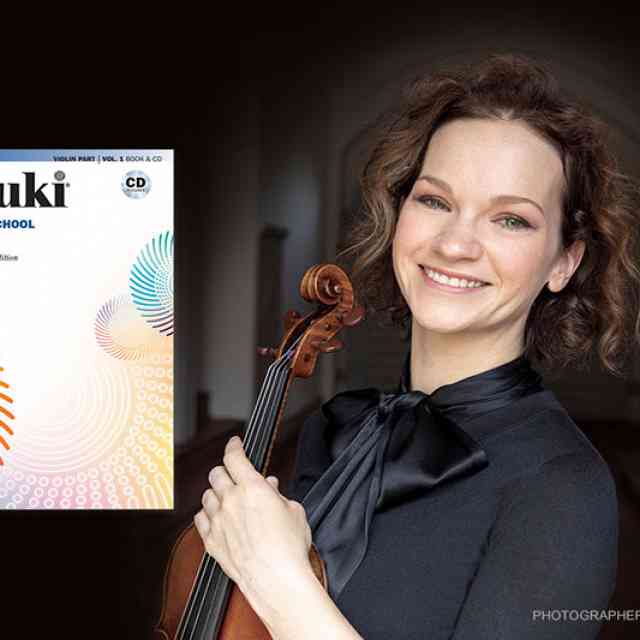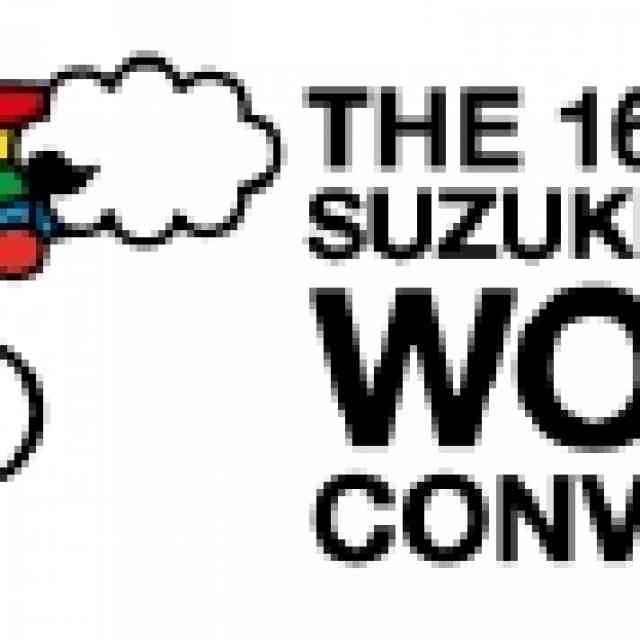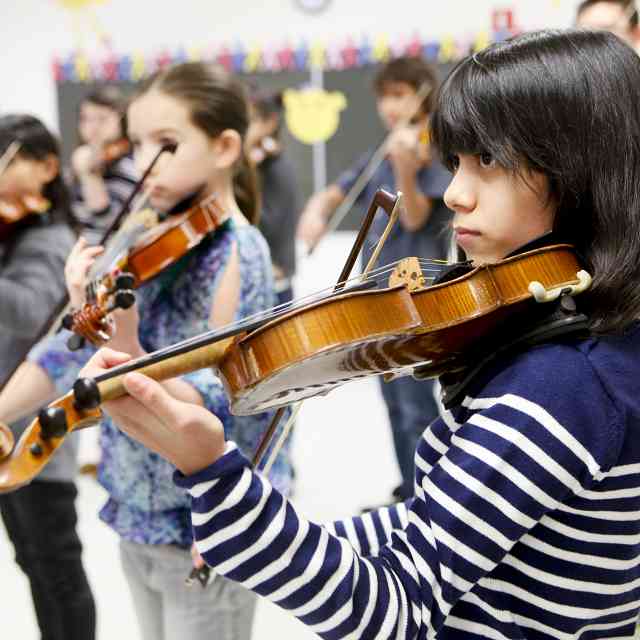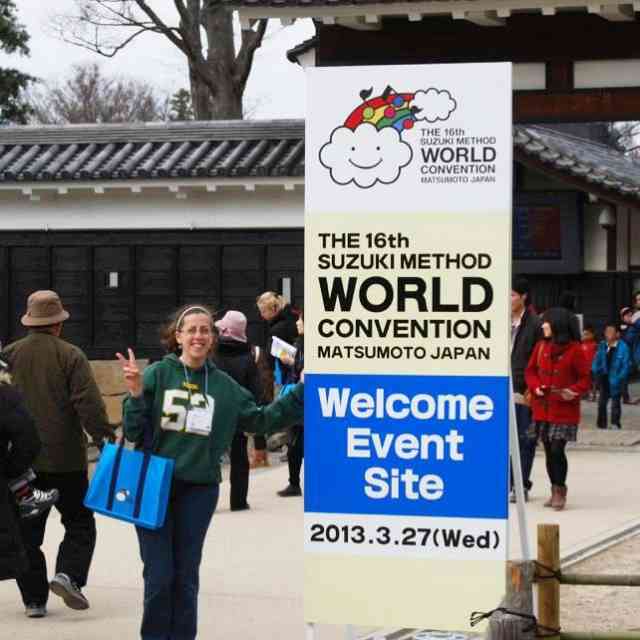My childhood was spent in the mountainous area of the Third Front municipality (Sierra Maestra) of the Santiago de Cuba province, in the bosom of a humble family: my mother, a teacher, and my father, a peasant. Since I was little I felt an inclination towards the arts and especially music, so I took the recruitment exams offered by the José María Heredia Vocational School of Arts (EVA) in the same province, in the specialty of violin.
I was eight years old when I started the Elementary Level of Music at that school, which lasted for seven years, and subsequently entered the Middle Level at the Esteban Salas Conservatory of Music in the same city for the duration of four years. In these institutions, traditional Soviet methods are used to teach violin. When I finished my studies in 2008, I started working at the Orquesta Sinfónica de Oriente (OSO) and at the same time I started teaching at the same school where I started my musical training (EVA).
In 2009 I had the opportunity to learn about the existence of the Suzuki Method through the cello teacher Jacqueline Jardines López, from Santiago based in Guadalupe, trained by the Suzuki Institute in Lyon, and director of La Corde La Suzuki School of Cello and Strings from the same country. The teacher shared the Suzuki repertoire for ensemble with teachers and students of the string department of EVA, an exchange that we received with great interest.
In February 2017, the Swiss Teacher Trainer for Violin, Agathe Jerie, visited our city. She taught our first seminar about the Suzuki Method for Violin, along with its philosophy.
Subsequently, the teachers Marieta Perdigón and Cecilia Rosales had the opportunity to participate in the 33rd International Suzuki Festival in Lima, Peru. Until then, there is no record of Cuban teachers attending this event. Upon their return, they shared their experiences with the teachers, parents, and students of the EVA and the conservatory. In this way, many of us felt interested and motivated to put into practice such an interesting methodology. Thanks to the help provided by the Pastor of the Baptist Church of Ducureaux (Reparto El Caney, Santiago de Cuba), who offered Marieta the nursery of the local church, it was possible to carry out what we know today as the Suzuki Project Santiago de Ducureaux.
Accepting an invitation extended during the festival, we welcomed the presence of Teacher Trainer Caroline Fraser in Santiago de Cuba, who taught a course in Suzuki Philosophy, accredited by the SAA, in which teachers and students of different profiles from Middle Level participated (violin, cello, double bass, and music theory teachers), and the violin teacher Renata Jordao offered a workshop about Book One and Pre-Twinkle violin for students, parents, and teachers. Currently, there are six teachers who integrate the Suzuki Project in Santiago de Cuba and have been trained in the Suzuki festivals held in Lima.
Knowing and studying this teaching method is a privilege to me. The knowledge I have acquired, both professionally and personally, is invaluable. These experiences have allowed me to develop new approaches in my educational work, bearing in mind that my profesional music training was based on totally opposite pedagogical principles. I am convinced that through Suzuki education we can develop the best environment for our children and youth.
As a result of the work carried out, the NGO Camaquito has provided great support to the Suzuki Santiago project for preschool children in the city. This opportunity allowed its expansion towards the Esteban Salas Conservatory, adopting the name of Suzuki Santiago de Cuba–Camaquito Project. Our mission is to develop and extend the application of the Suzuki Method in Cuba. We use all available resources that allow us to promote and publicize our work, so that more families and teachers join the project.










